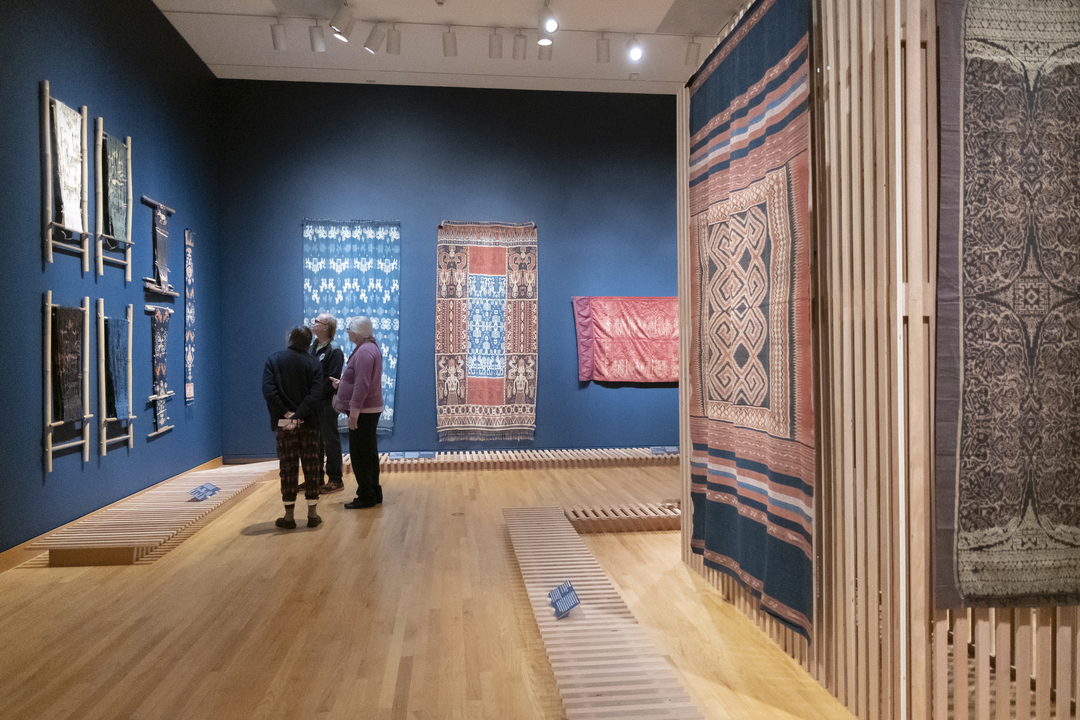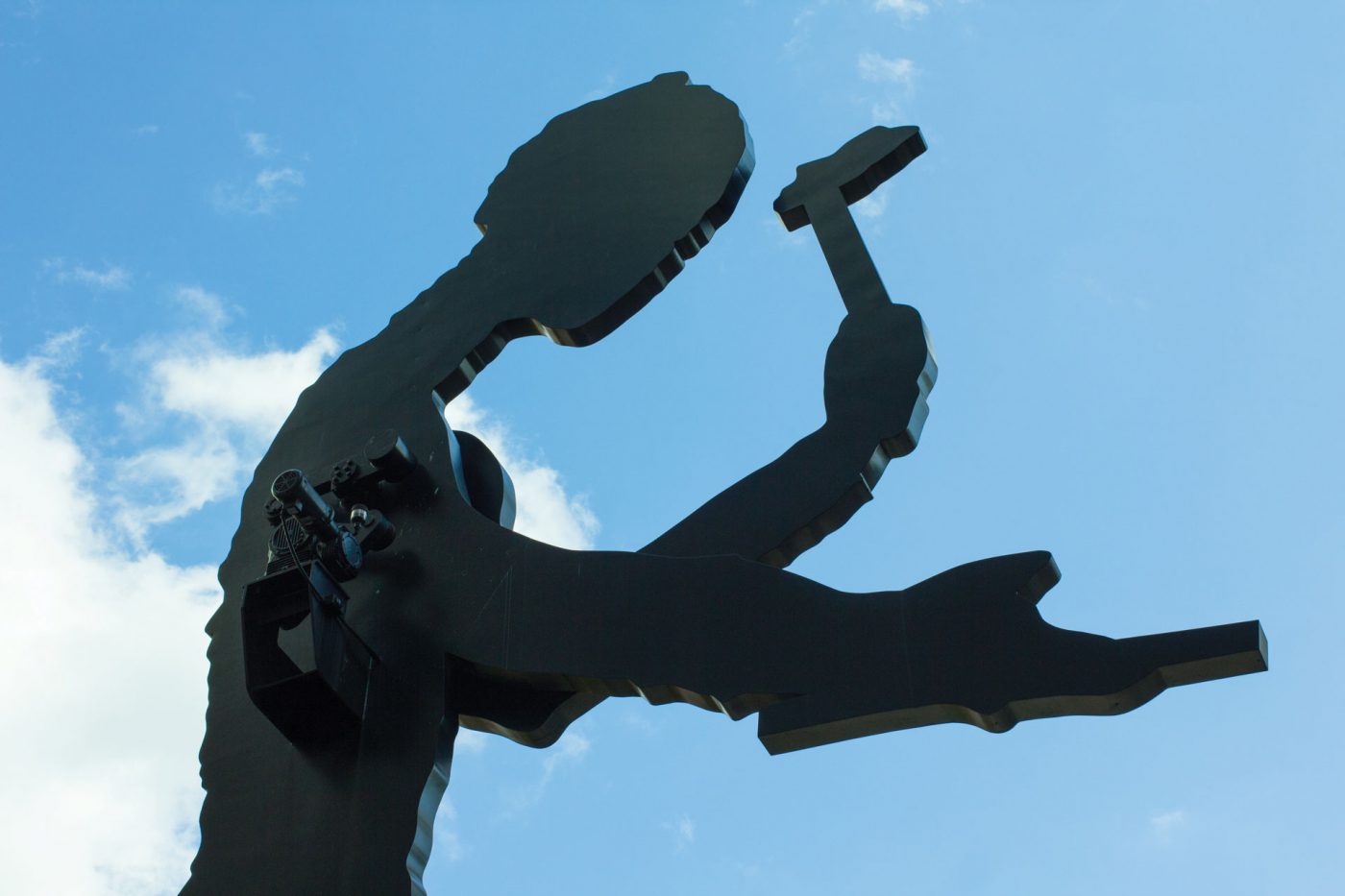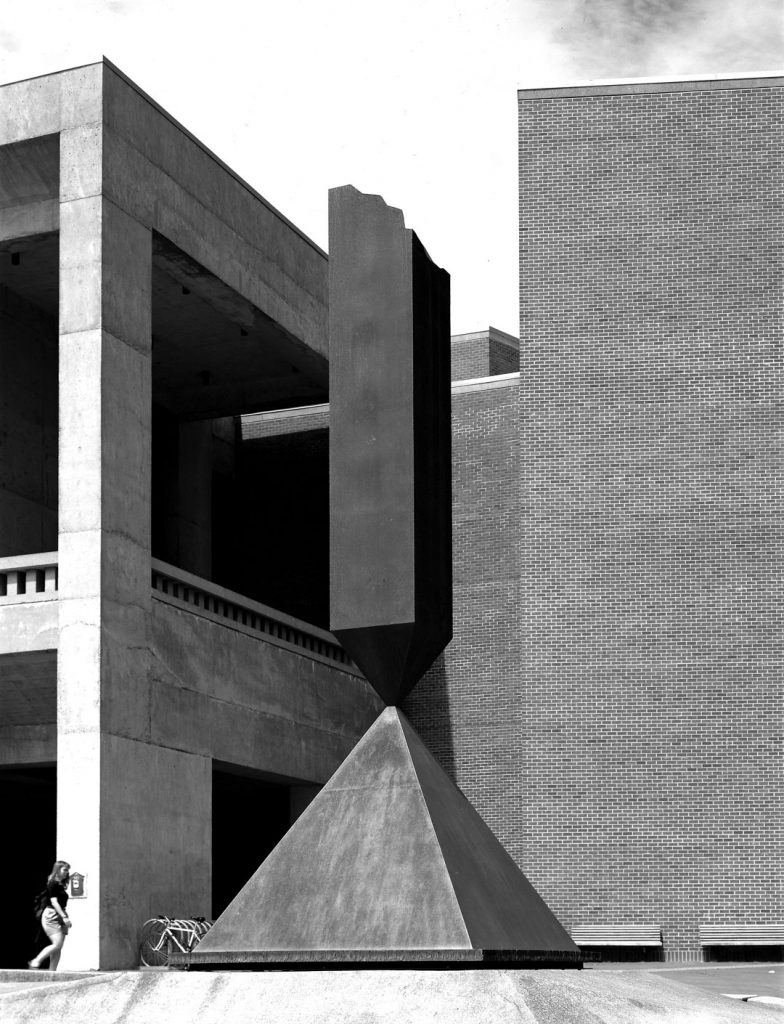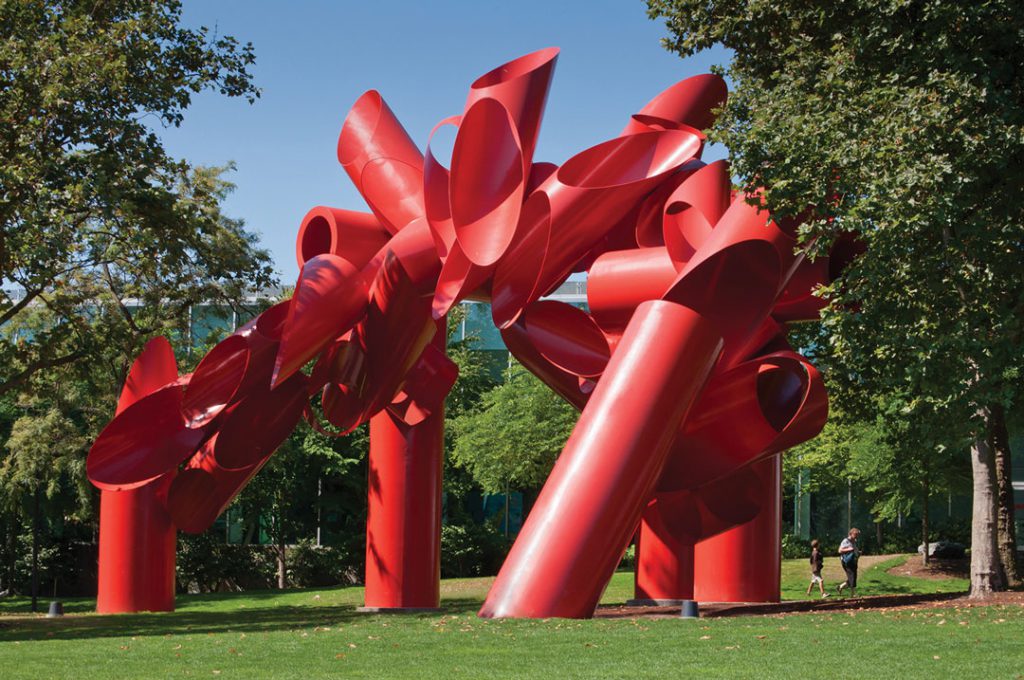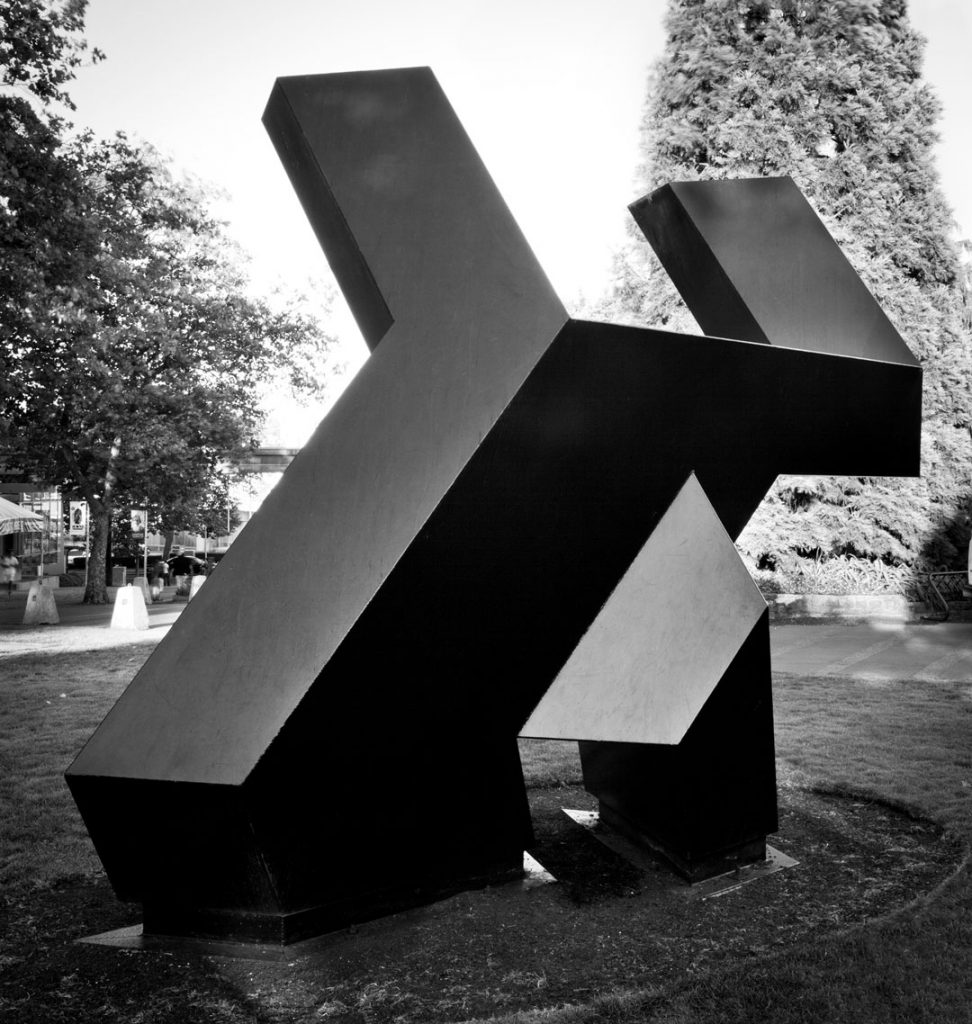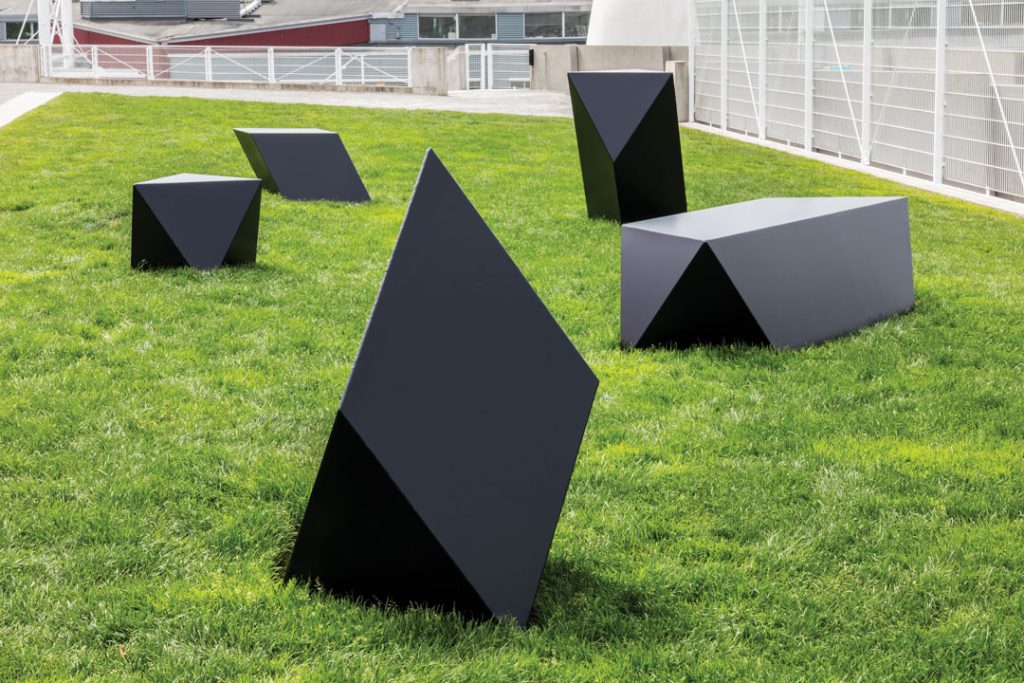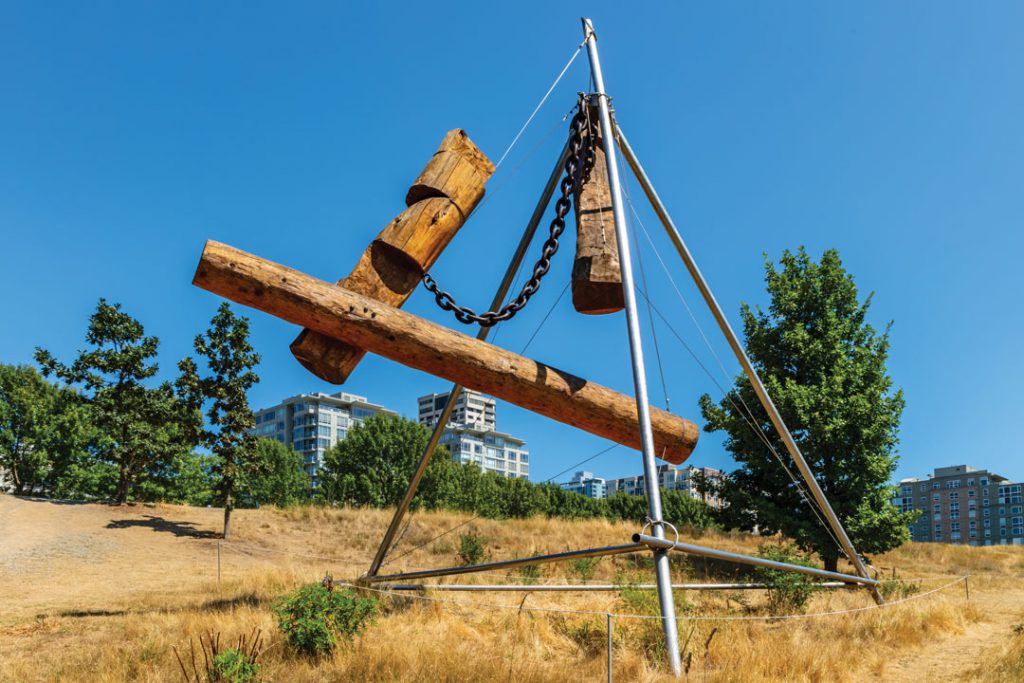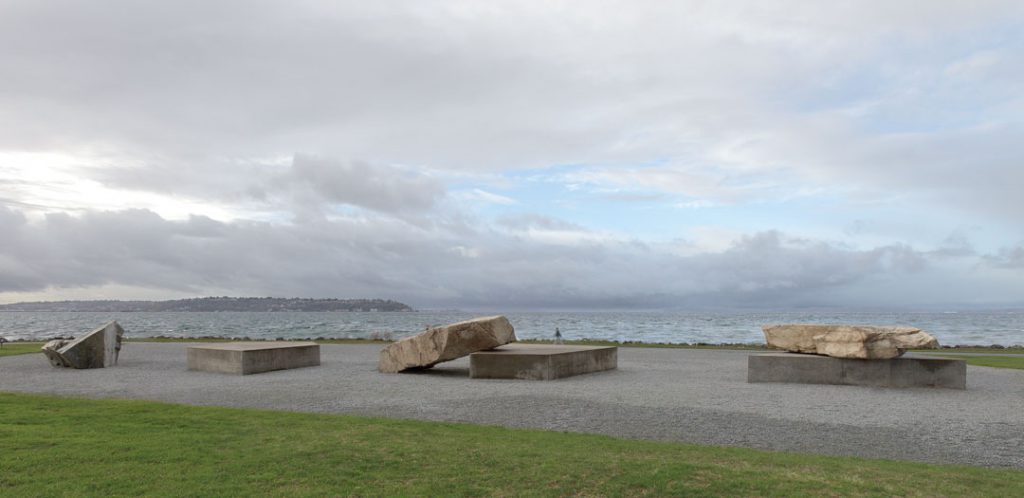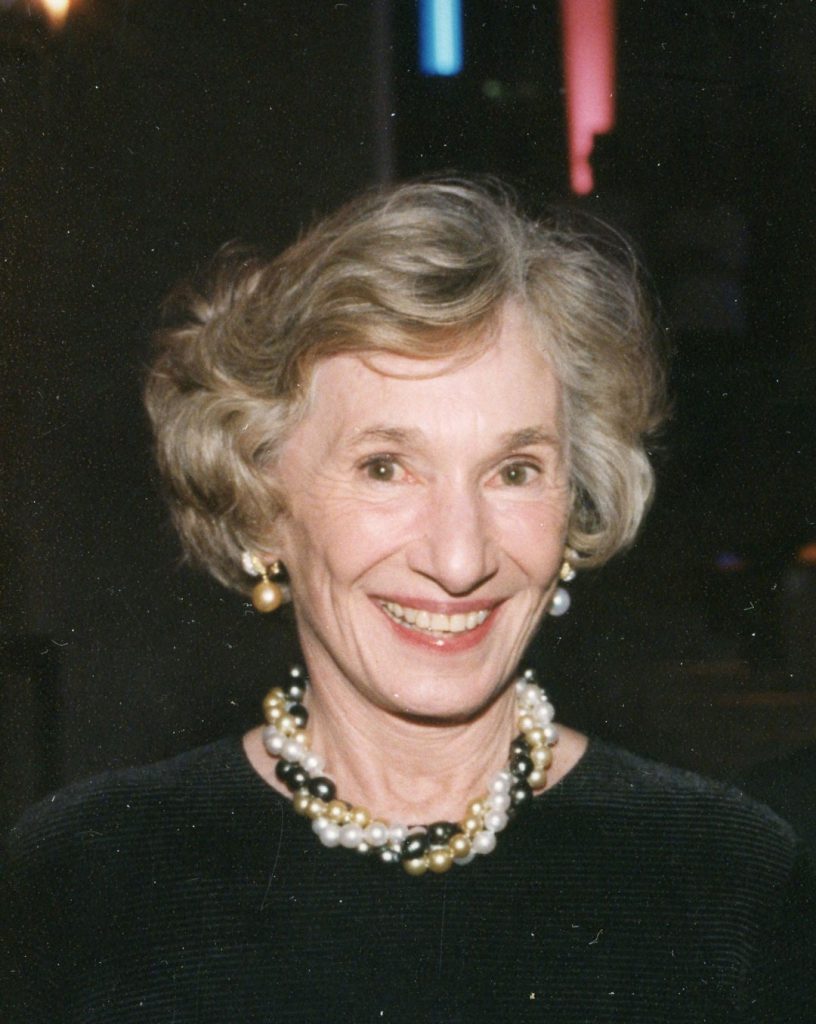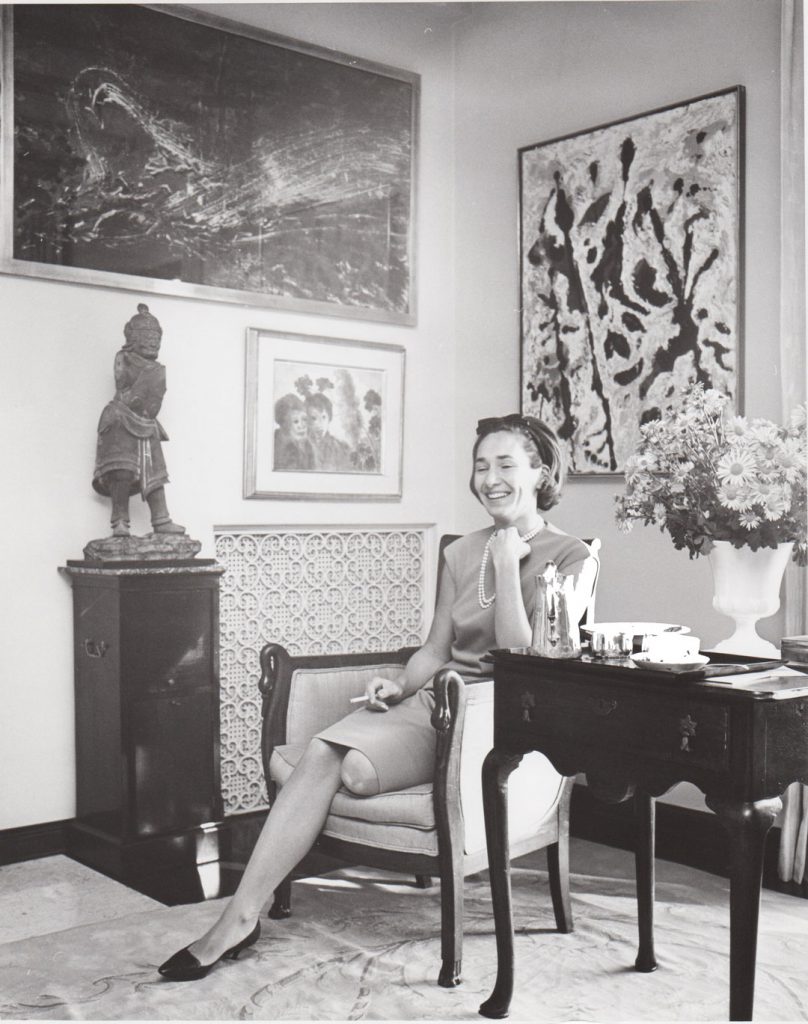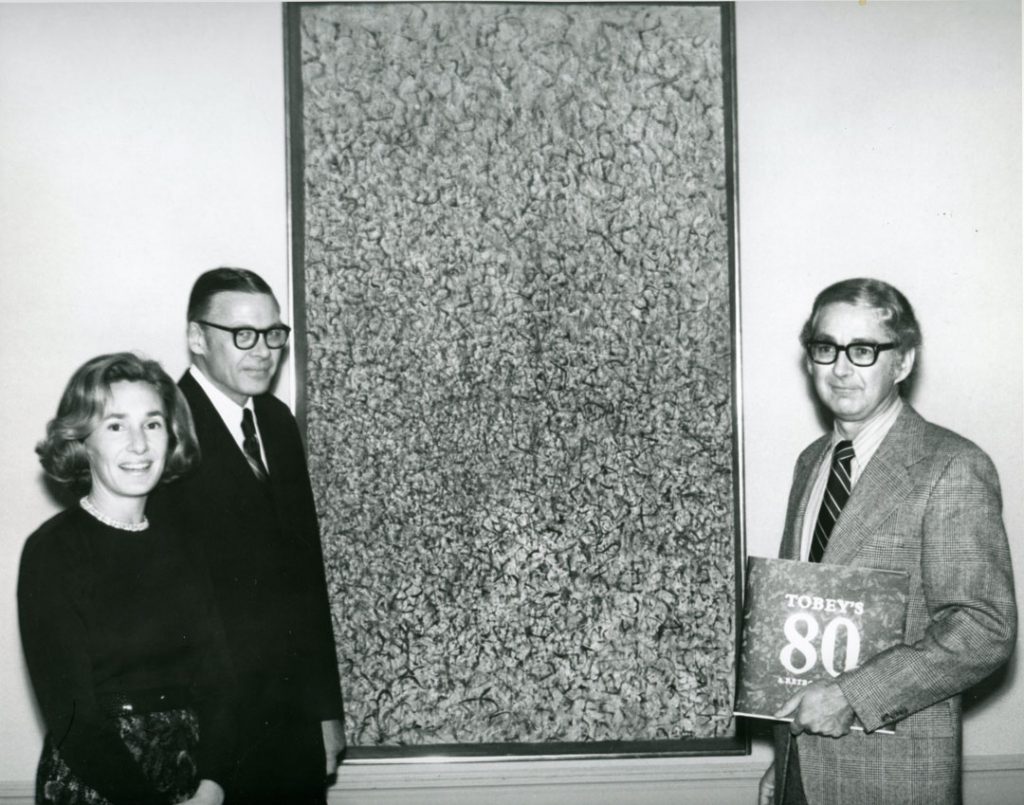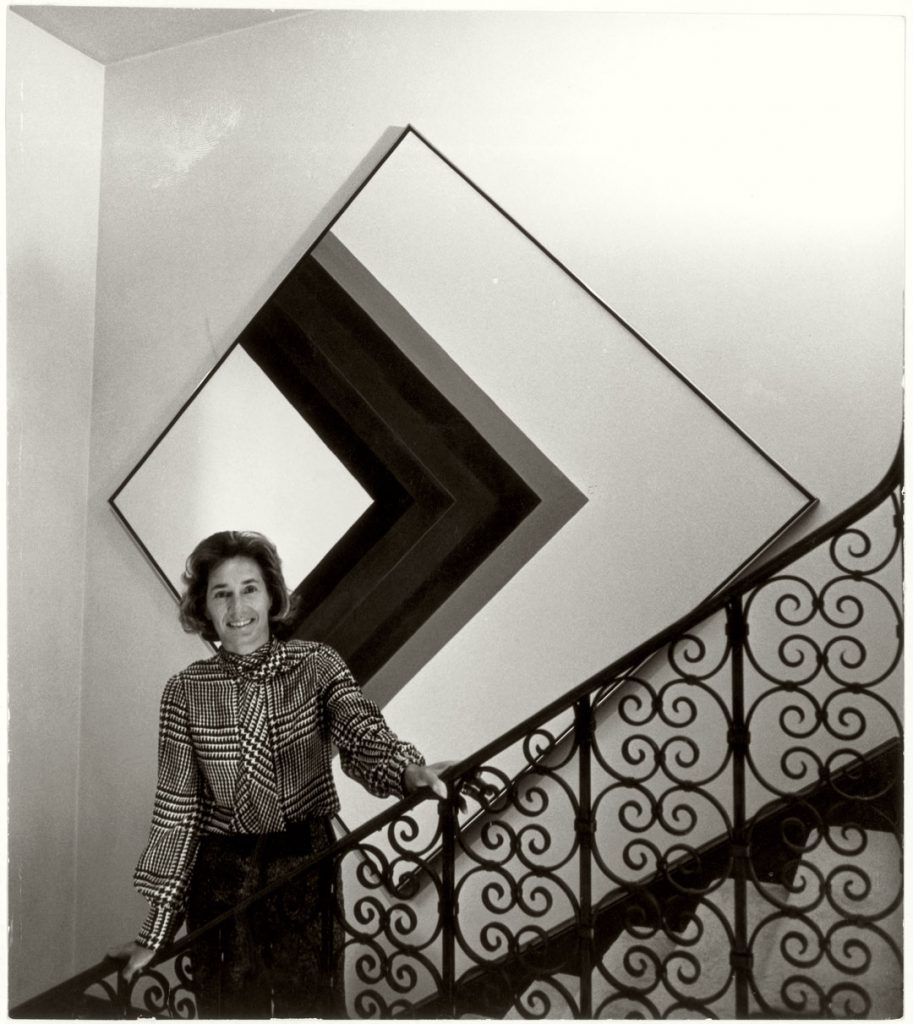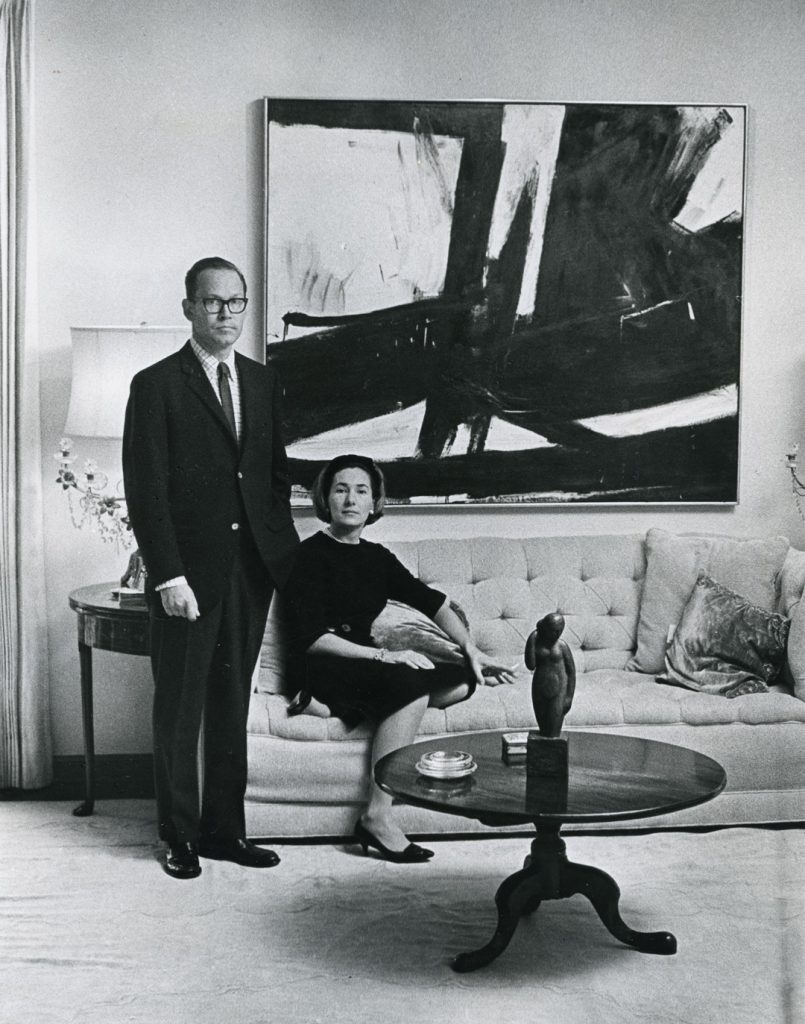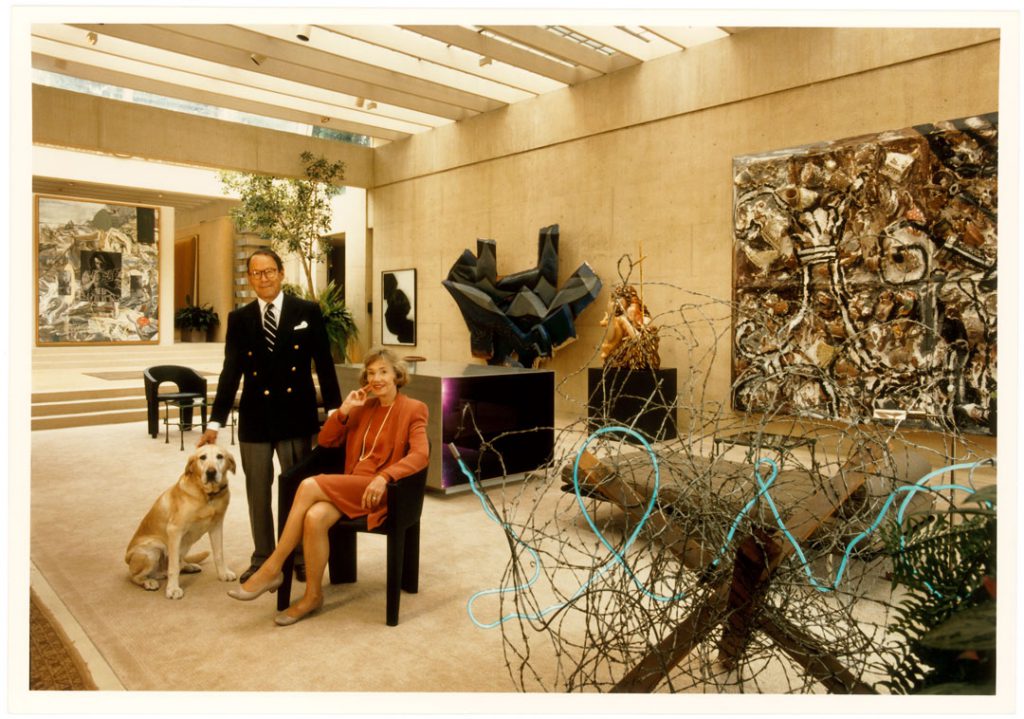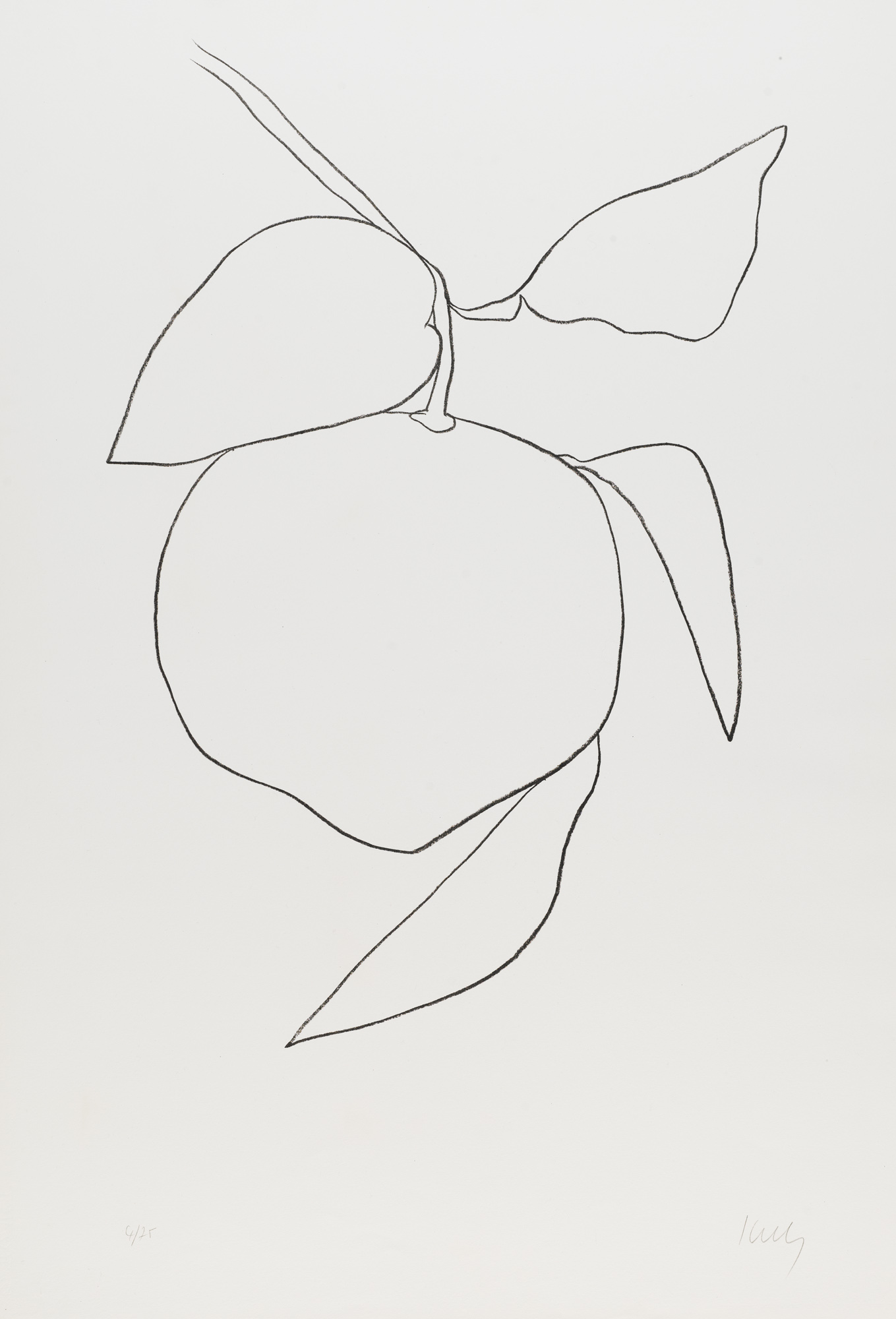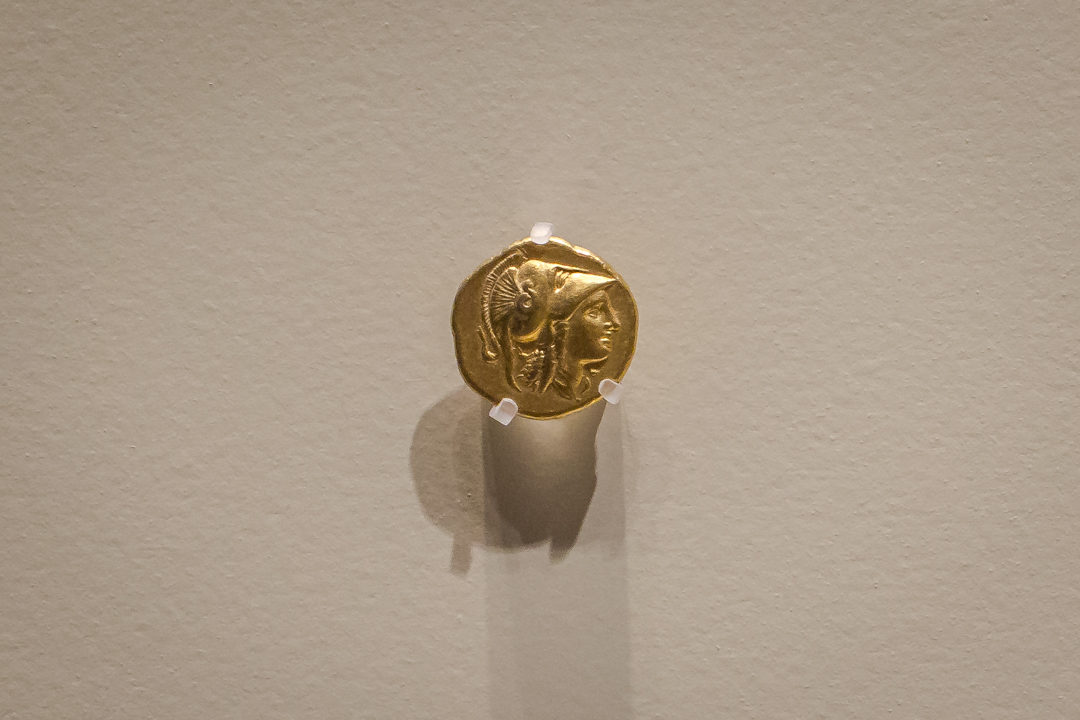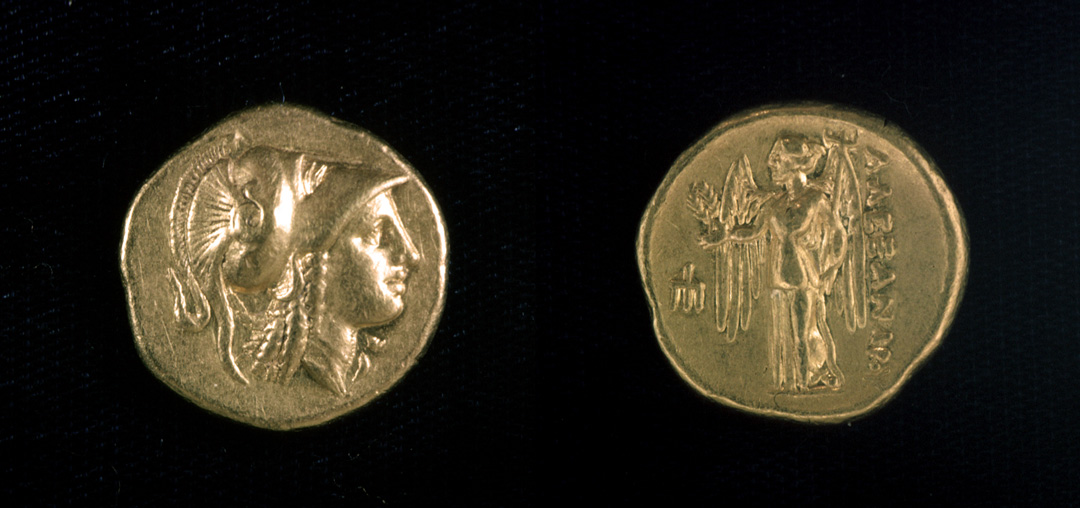Muse/News: Ikat Stories, Arreguín’s Legacy, and Smith’s America
SAM News
“A stunning visual experience”: Susan Kunimatsu reviews Ikat: A World of Compelling Cloth at the Seattle Art Museum for International Examiner. You’ve got one month left to see the exhibition before it closes Monday, May 29.
“…Take the time to immerse yourself in the individual artworks and they will reveal their stories: how, why and by whom they were made.”
Local News
Seattle-based critic and memoirist Claire Dederer is interviewed in Esquire about her new book about what to do with problematic art.
Seattle’s Child lays out “14 fun and pretty spots for a family picnic in Seattle or the Eastside,” including our favorite: Volunteer Park, the stunning setting of the Seattle Asian Art Museum.
Sad news via The Seattle Times’ Margo Vansynghel: “Influential Northwest artist Alfredo Arreguín dies at 88.”
“With his distinct blend of Pacific Northwest iconography, and Mexican and Asian influences, Arreguín became a key figure in Pacific Northwest art history and paved the way for a generation of artists of Latin American descent.”
Inter/National News
Ted Loos of The New York Times reports on the gift of art and funds made to museums and causes across the country by Jack Shear, the widower of the artist Ellsworth Kelly. The expansive gift honors the centenary of Kelly’s birth. SAM is among the recipients of $50,000, which will support the museum’s mission.
“Making it happen was no picnic”: Emily Anthes for The New York Times on the American Museum of Natural History’s new exhibit of leafcutter ants (yes, there are pictures).
“Redefines what ‘American’ means”: The New York Times’ Jillian Steinhauer on Memory Map, the overdue retrospective of Jaune Quick-To-See Smith that just opened at the Whitney Museum of American Art and travels to SAM in 2024.
“But if the current wave of attention has opened up new possibilities for Indigenous artists, particularly younger ones, credit is due less to the institutions than to Smith and others of her generation for the tireless work they did to ‘break the buckskin ceiling,’ in her words. The Whitney retrospective makes that clear.”
And Finally
“The Harry Belafonte Speech That Changed My Life” by Charles M. Blow.
– Rachel Eggers, SAM Associate Director of Public Relations
Photo: Alborz Kamalizad.
